By Lai Jun Wei/Red Sports

Pitch-side in a 85 000 capacity stadium with cheering fans at full volume. (Photo 1 © Lai Jun Wei/Red Sports)
One word — Phenomenal.
That was the atmosphere at the Bukit Jalil Stadium on July 28th, the venue of the second leg of the 2014 World Cup qualifier between Singapore and Malaysia.
In my five years at Red Sports, I have only experienced a full-house or near full-house stadium on a few occasions — a 2008 ASEAN Football Championship semi-final match between Singapore and Vietnam at the Kallang Stadium; the 2010 Youth Olympic Games football match at the Jalan Besar Stadium; an A Division Football final; and a 2008 S.League match between the Singapore Armed Forces FC and Home United, the last only because busloads of army and Home Team recruits were sent to cheer for the teams.
But the experience at Bukit Jalil last week trumped any of the previous ones.
Prior to the match there was already loads of trash talking on Malaysian radio. Who doesn’t love trash talking?
Call-in programmes had listeners predicting 4-0 scorelines and more thrash talk. One of my “favourite” has got to be this line: “Malaysia is not only geographically on top of Singapore, but we are on top of them in other things as well!”
The next day after the match, the thrash talking was still ongoing. “We may have lost the match, but we are still the inventors of chilli crab.”
Like, huh?
Five hours before kick-off, the vicinity around the stadium was already jam-packed with fans. Booths selling various merchandise, memorabilia and food were bustling with activity as eager Malaysian fans waited for the stadium to open its doors. Fans walked around the stadium waving their flags and shouting cheers, adding colour to the atmosphere.
It was difficult not to get absorbed into all the fun. But at the same time, it gave me a stark reminder not to reveal that I was in fact a Singaporean, fan or not.
As the Singapore die-hard supporters arrived, they were of course given a “rousing welcome” by the Malaysian fans. Playful taunts were made as the Singaporeans were jeered all the way into the stadium.
I personally saw on two occasions, isolated Singaporean fans folding their Singapore flags and keeping them. I guess it probably was not too wise to attract the attention of the Malaysian fans to oneself.
But then again, I really salute the Singaporean fans who dared to show up. They dared to don the Singapore colours, and survived the taunts from the 85,000-odd Malaysian crowd and proclaim their support for their team.
From afar, the 300-odd Singaporean supporters looked like a pimple on a vast skin of yellow and blue. But this “pimple” definitely did not cower and tried their best to make their voices heard. Even when the Majulah Singapura was drowned out by the jeering, our fans stood firm and wore their hearts on their sleeves.
Back in Singapore, the S.League struggles to fill their stands, with the genuine die-hard fan getting rarer by the dozen.
Our “Jalan Besar wave” pales in comparison to the “Bukit Jalil wave”. It was just amazing watching thousands of tiny Malaysian flags fluttering in the hands of fans.
We are hardly able to fill up the 6,000-capacity Jalan Besar Stadium whenever the Singapore national football team plays.
With the 55,000-seater Sports Hub due to be completed in 2013, I wonder if we will see the Lions play in a near-empty stadium.
As a beer commercial states – When your team is losing, do you 1) change teams? Or 2) cheer louder?
The Lions’ win came at a much needed time when Singapore football was at its lowest. After a dismal 2010 ASEAN Football Championship, we saw the team disbanded. This win probably allowed Singaporeans to find some hope in the team again.
But what if Singapore had not won? What if?
The thing about most Singaporean fans is that they usually want to cheer for a winning team. If the Lions had returned from Malaysia with a loss, they would probably have been crucified, as they were in 2010 after falling in the first round in Vietnam.
But not so in the Malaysian press for the Tigers. After the team’s loss, the New Straits Times ran positive articles about the match — ‘Malaysians united for Malayan Tigers’, ‘Show of Support from Vespa riders’, ‘Passion runs high in Bukit Jalil’.
The Star ran a screaming headline ‘Sorry, Malaysia’ in their sports section, and a story about coach Rajagobal appealing for fans to give his team more time to mature.
The Malay-language paper Sinar Harian ran reports with the headline ‘Lost with Dignity’ and one about Malaysian Prime Minister Najib declaring that it’s not the end for the Tigers.
Of course, the Malaysian press were not all filled with stories of self-praise. Their match reports faced the fact that the Malaysian defense made blunders that allowed Singapore go through. However it was certainly quite heartwarming to see such positive reports. After all, I’m quite sure nobody on the Malaysian team felt good about losing.
During the match, the noise generated by the fans was so overwhelming that our ears were ringing. I could hardly hear my thoughts over the sound of air horns, songs and cheers.
The patriotic songs played over the PA system, my favourite being Saya Anak Malaysia (We are the children of Malaysia), gave this match a community feel. Why can’t we replicate this? Rather than Lady Gaga or Katy Perry being played over the PA systems at our football matches, couldn’t we come up with some patriotic songs? But please, no cheesy renditions. (We know we’re very good at that with the Fun Pack Song and the YOG cheer.) We’re here to drum up morale, not to burst our bubbles.
After the loss, the atmosphere outside Bukit Jalil after the match was tense. All around, disappointed fans lingered about.
Cue, the mini Malaysian flag and Tigers scarf which I bought before entering the Tigers’ den.
As the crew and I did not follow the Singapore contingent, we were all alone wandering among the Malaysian fans. With the (expensive) equipment on our backs, none of us wanted to risk getting mugged. Disguised as a Malaysian fan — at least I was — we wandered through the seemingly agitated crowd towards our vehicle.
Just moments ago, I had emerged from the stadium where pockets of fans were lighting flares and throwing projectiles down onto the pitch. Having had a projectile narrowly miss my head, I was certainly wary of being set on by angry Malaysian fans.
Not that I willingly wanted to be dressed like a Malaysian fan. If possible, I would have wanted to dress in the Singapore national colours and declare my support for the team. But as my fellow crew put it — we were in hostile territory.
We made it safely to where our vehicle was parked about a kilometre a way. But then it was a “d’oh!” moment for us as we climbed on board our Singapore-registered vehicle.
Thankful that our vehicle did not suffer any scratches or broken windshields, we headed to the exit, only to find ourselves stuck in a snarling queue. Our efforts to keep a low profile weren’t helped by the Singapore license plate.
As we eyed each pack of Malaysian fans walk past our vehicle, we were more than fearful of what reaction we would get from them should they notice us.
True enough, one die-hard fan headed up to our vehicle from behind and taunted us, at one moment threatening to kick the car. But it was probably playful bantering from him as he walked away soon after. It was enough for us as we took a turn and exited illegally via an entrance of the car park.
The thing is, Singaporeans live in such a safe environment. We obediently abide by the rules and we expect others to do the same. When they don’t, we are horrified by their “animalistic” behavior.
But this is football. Mark Perryman spoke about England’s football hooliganism in his book ‘Ingerland’. He spoke about how the fan behavior led to clampdowns by local police at venues around Europe. He also spoke about how the ordinary, well-behaved fan were stereotyped and grouped together with all the bad sheep.
He provided the two extreme types of fans and the authoritarian policing dished out to the hardcore fanatics.
But like he said, “We were all fans, and we all wanted a good time. Some of us black, some not, it scarcely mattered. And it wasn’t just us. [The venue of the football match] was packed solid with people all feeling exactly the same.”
We Singaporeans are all fans, and we all want a good time. Some of us Chinese, some Malays, some Indians, but it did not matter. The stadiums are usually packed with people all wanting a good time, be they Singapore fan or not.
Perryman further commented that journalists, photographers and camera crews all have a job to do, deadlines to meet, editors to please, papers to sell and ratings to boost. But they also have a duty sometimes to listen to us, to peer behind the stock of stereotypes, to seek out both sides to the latest episode of violent disorder. Occasionally, they run some feel-good alongside the customary diet of bad news and scare stories.
Let’s not deny it, scandals sells. The more sensational the news, the hotter the sales.
More likely than not, people are more willing to buy papers with screaming headlines than one with a paper with neutral, “feel-good” news.
Don’t get me wrong, at no point do I condone hooliganism. Sport should be something which is made available to everyone and something which can be enjoyed by anyone. Football hooliganism puts the safety of fans at risk and diminishes the fun we can enjoy.
Our local football venues have been transformed into prisons rather a community venue for sports fans to congregate. At the peak of the highhandedness, media were not allowed to bring in their water bottles along with the fans. Not as if we will risk our careers in Singapore just to hurl a bottle at an S.League player, right?
I am not saying that the Malaysian fans are angels and that we should mimic them whole. What I hope is that Singaporeans can replicate the positive side of Bukit Jalil — minus the flares, projectiles and hacking of a Singapore website. What is important is that we can follow them in spirit.
A few weeks ago, the Ministry of Community Development, Youth and Sports (MCYS) and the Singapore Sports Council (SSC) announced the ‘Vision 2030’ initiative to jointly develop proposals with the public on how sport can best serve Singapore‘s future needs.
Sports will be used as a strategy for individual development, community bonding and nation building in the next two decades.
Hopefully, our attitudes towards sport will also be changed for the better. If only we will not just be fair-weather fans. If only we will cheer our team on whether winning or losing. If only we will stay throughout the match to show the team our support and not walk out before the final whistle because our team is losing.
Bukit Jalil served as a reminder as to how we still have a long way to go before we will have a vibrant sports culture in Singapore. Hopefully, we will be able to start filling up the stadiums and get behind our athletes in full force in the near future.
Towards a Sporting Singapore.
Related posts:
World Cup Qualifier: Singapore vs Malaysia (2nd leg) — A Picture Story
World Cup Qualifier: Singapore through after 1-1 draw against Malaysia
Is the Singapore vs Malaysia excitement a taste of Malaysia Cup again?
Malaysians question Singapore’s policy of using naturalised players
World Cup Qualifier: Singapore defeat Malaysia 5-3 in first leg

Posing with a Malaysian fan. It was certainly not easy to refuse soaking the atmosphere. (Photo 2 © Lai Jun Wei/Red Sports)

A huge Malaysian flag being unrolled during the singing of the Malaysian national anthem. Why can’t we have this in Singapore? (Photo 3 © Lai Jun Wei/Red Sports)

Singapore supporters showing their love for the team. (Photo 4 © Lai Jun Wei/Red Sports)

The Singapore supporters (in red) being outnumbered by their Malaysian counterparts. (Photo 5 © Lai Jun Wei/Red Sports)
For more photos, go to the next page.

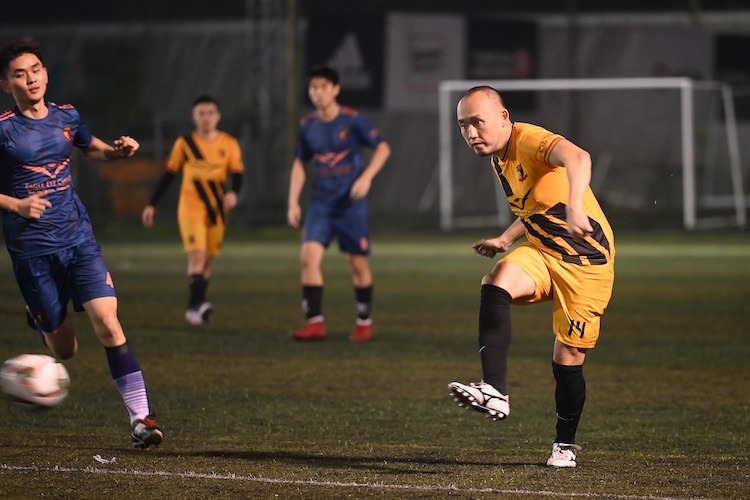
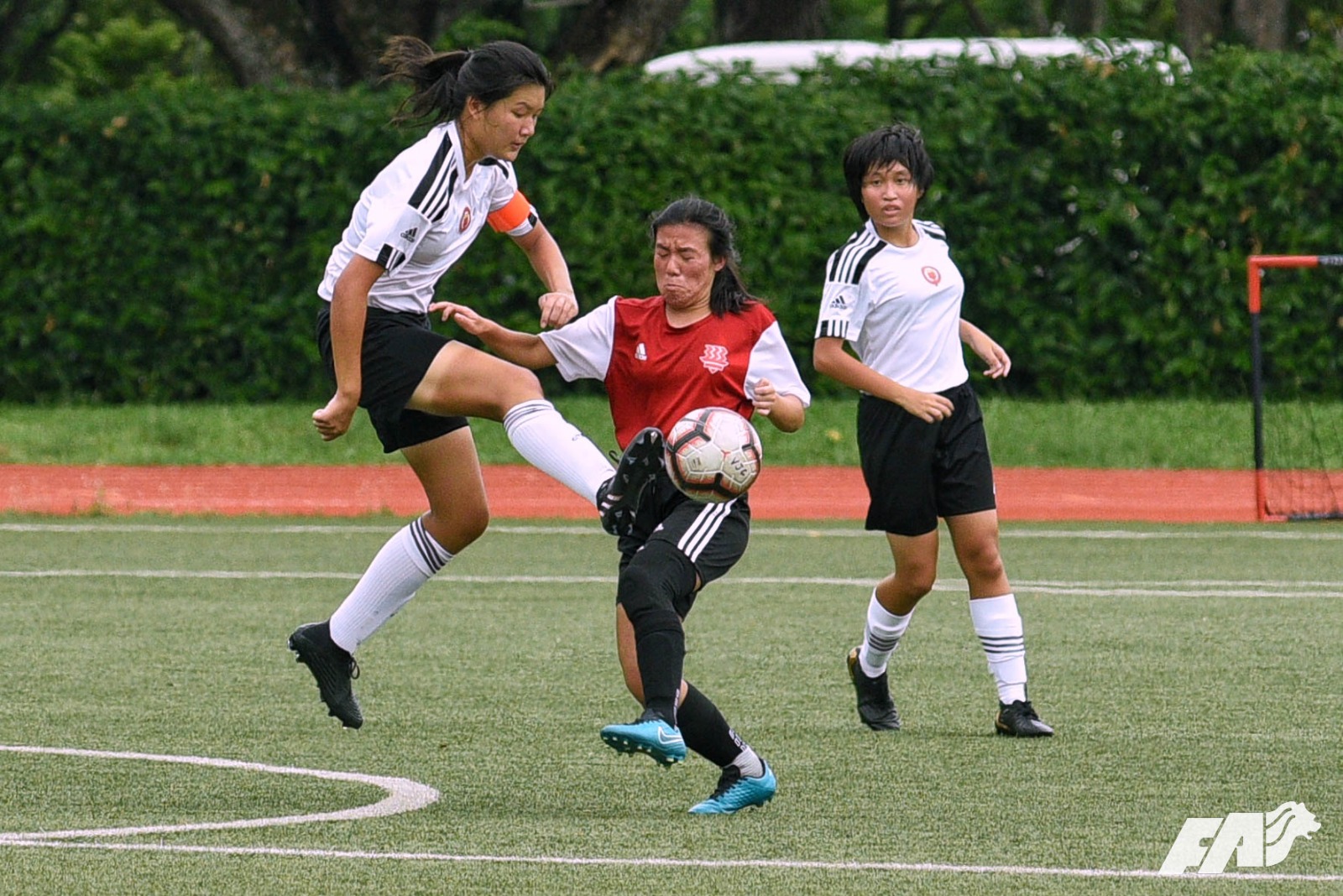
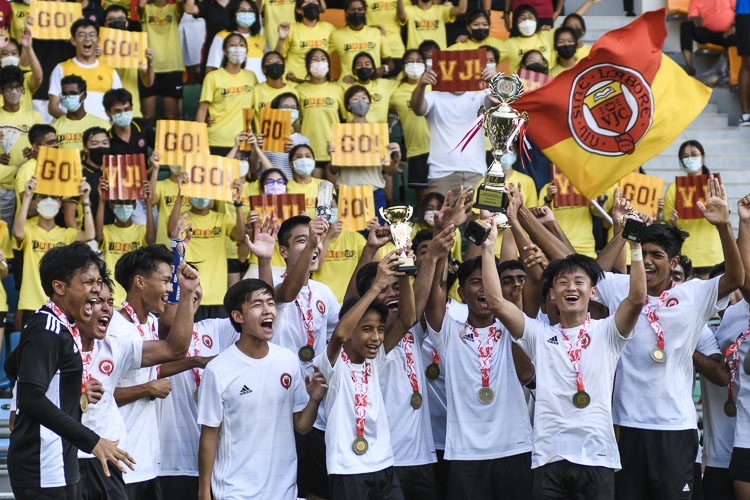
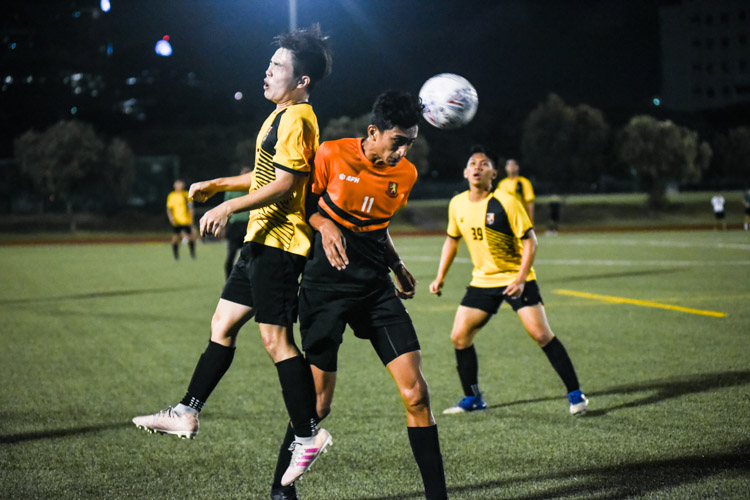
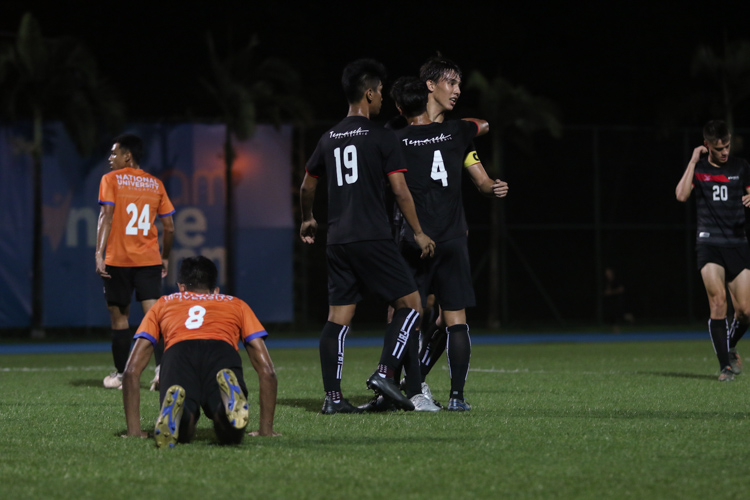
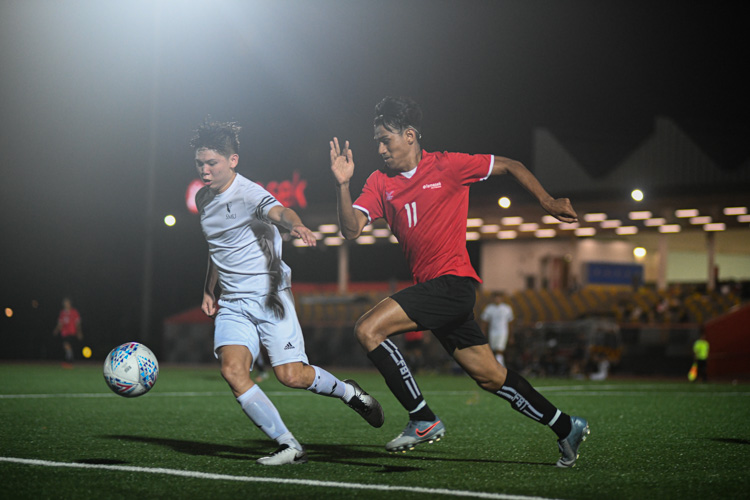
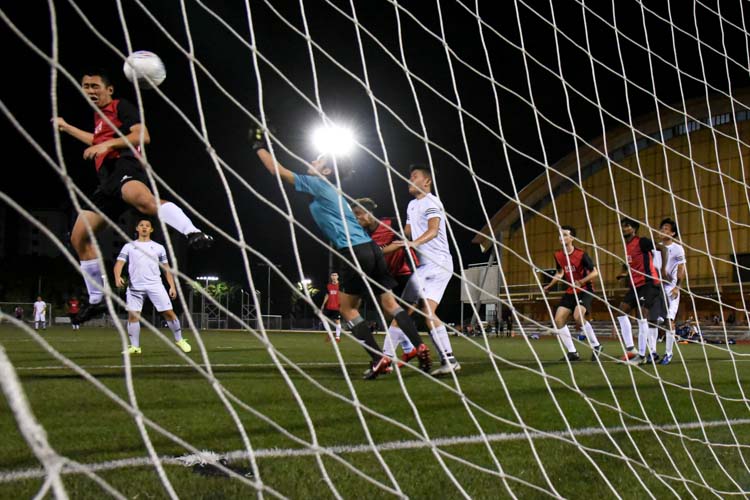

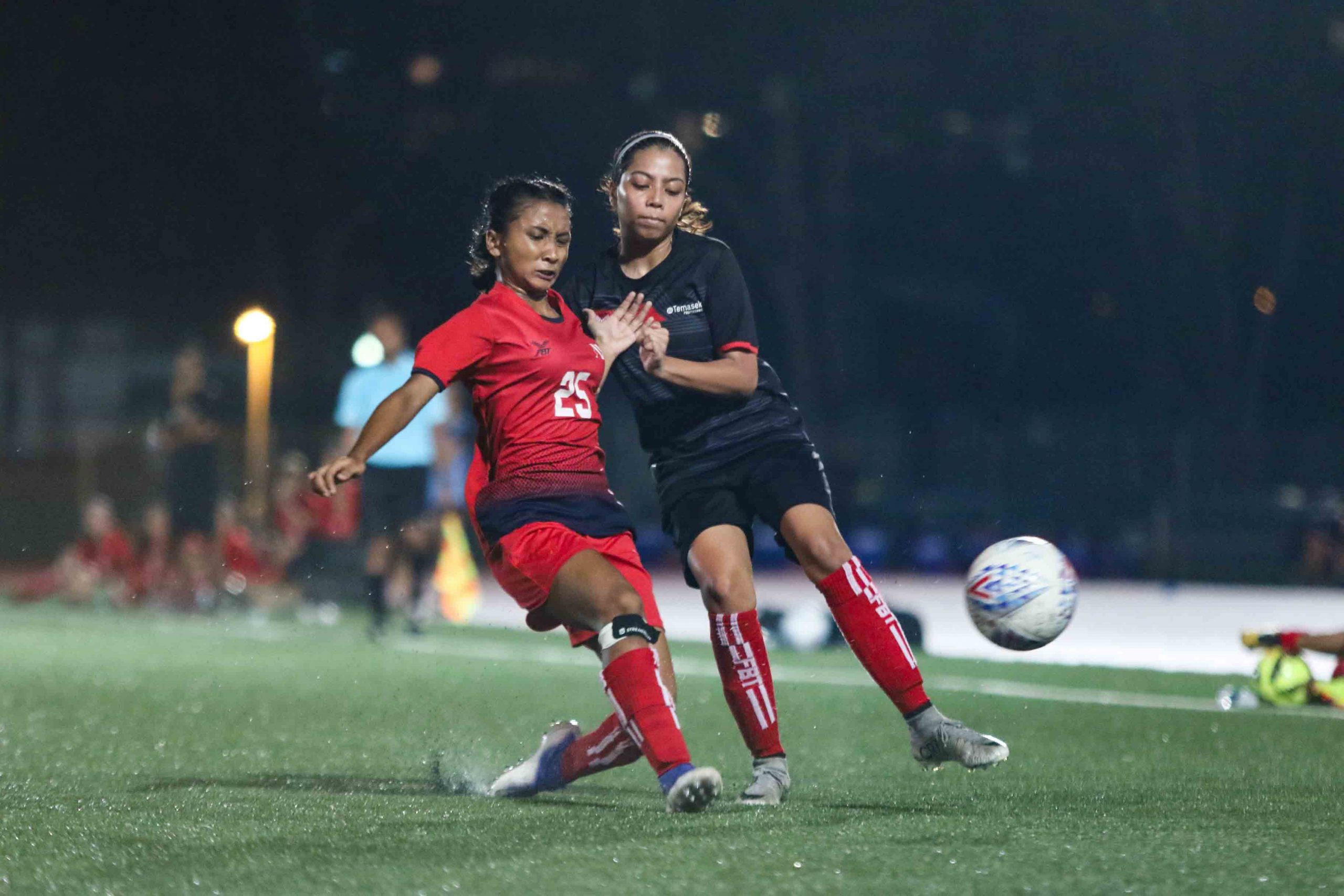
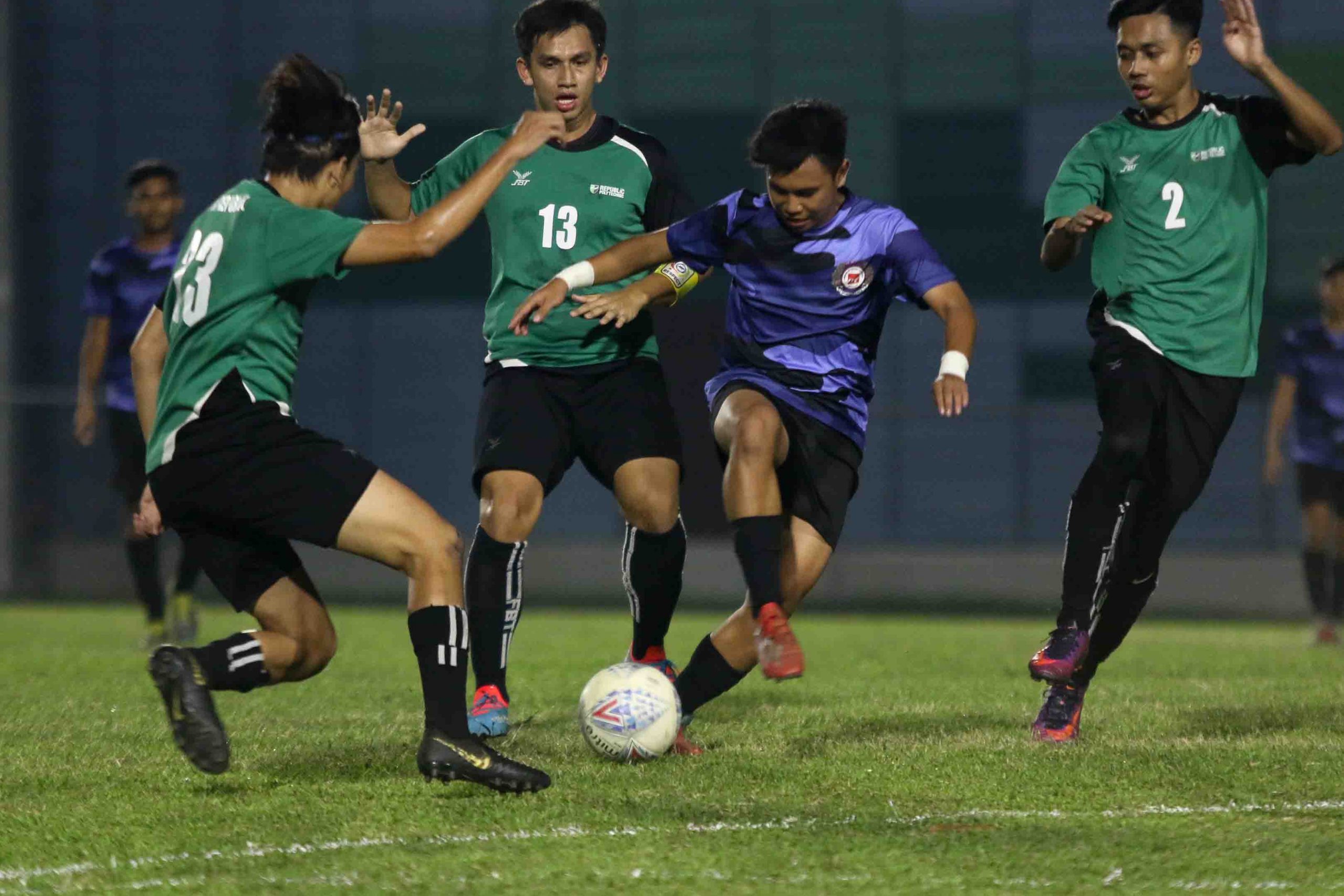
agree with ur opinion that ur stadiums are like prisons. i was one of the away fans in the first leg. dammit the aux police wdnt even lemme take off my shirt! at first i thought it was a joke. heres a pointer, start with allowing drums to be let in. then you talk about supporting culture
You’ve only been to just a few games. Go ask people like S Gulam and Brian Millar, what the Singapore Fans were like…
Singapore Fans were still going for the games even when we were relegated to the div 2 of malaysian football.
and trust me…Kallang Stadium was and will once again be very intimidating
Yes, David. You are absolutely right. I have only started going to football matches in the past 5 years while volunteering at Red Sports.
I think I should have stated clearer with regards to my above thoughts to indicate that I am referring to Singapore’s fan culture in recent years.
I wasn’t around during the Malaysia Cup days and I have not seen first hand the atmosphere. But judging from all the accounts by people who were there, I’m sure it was electrifying. Hopefully, we will be able to replicate that.
Like you say, Kallang Stadium will once again be intimidating.